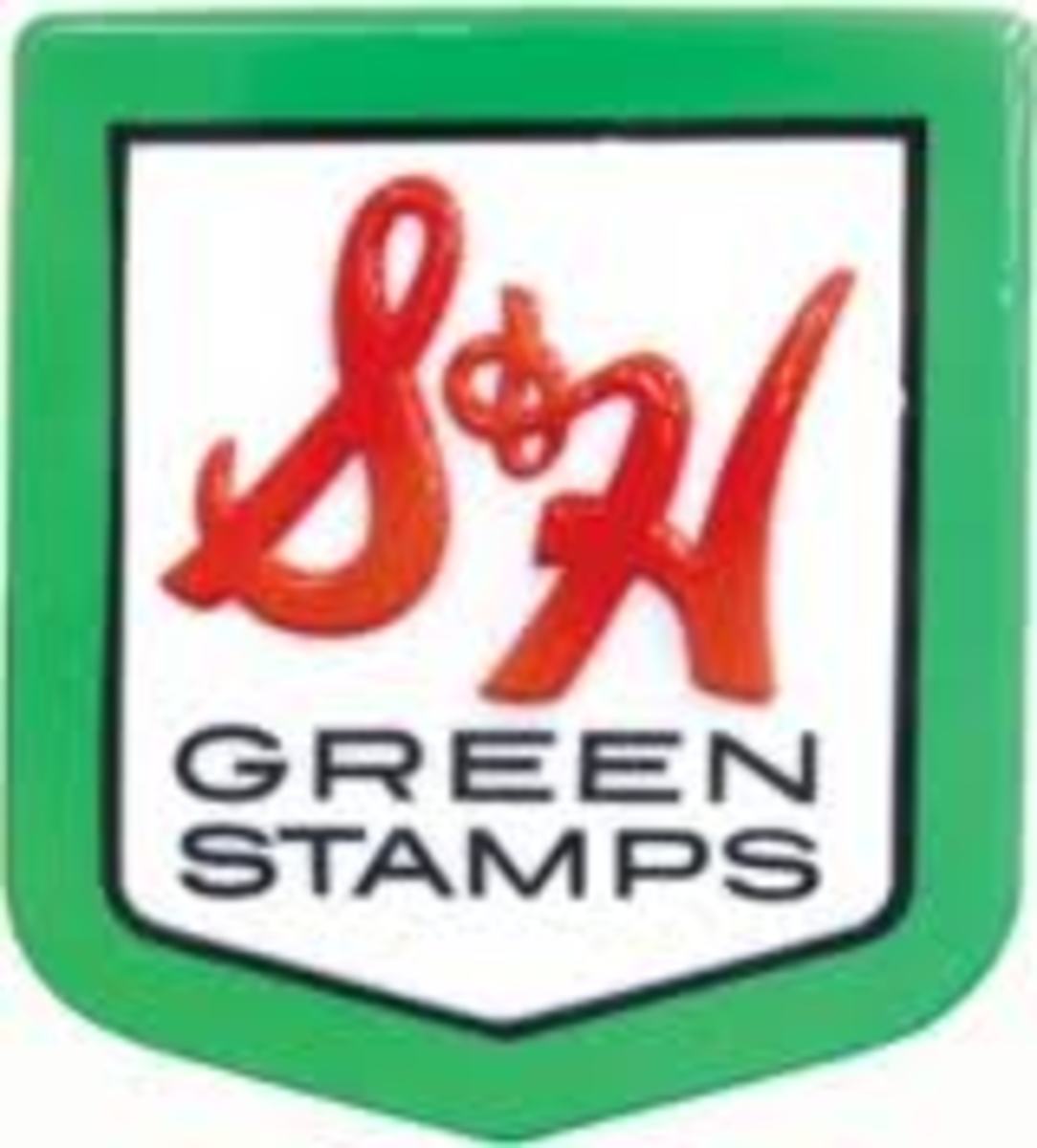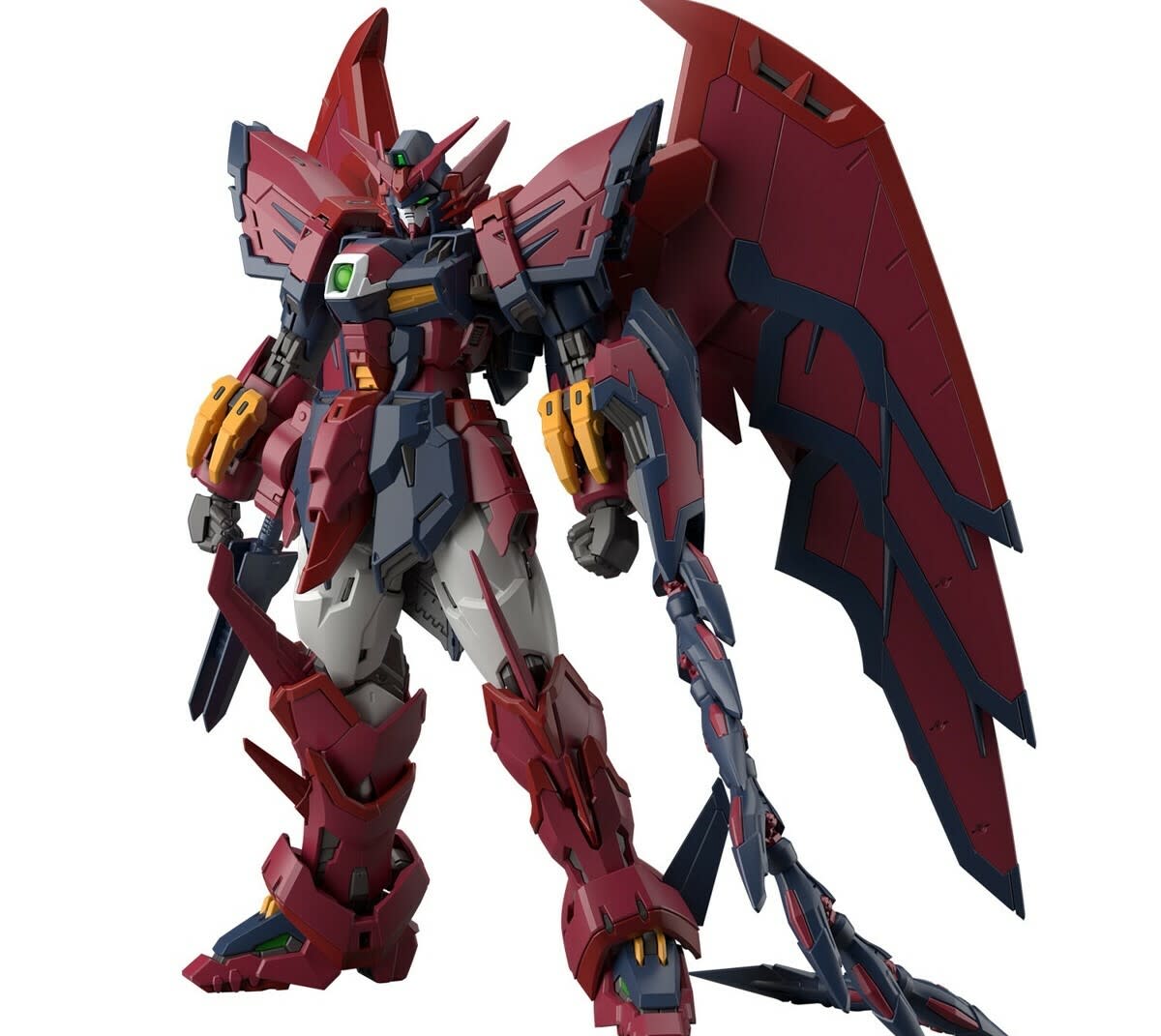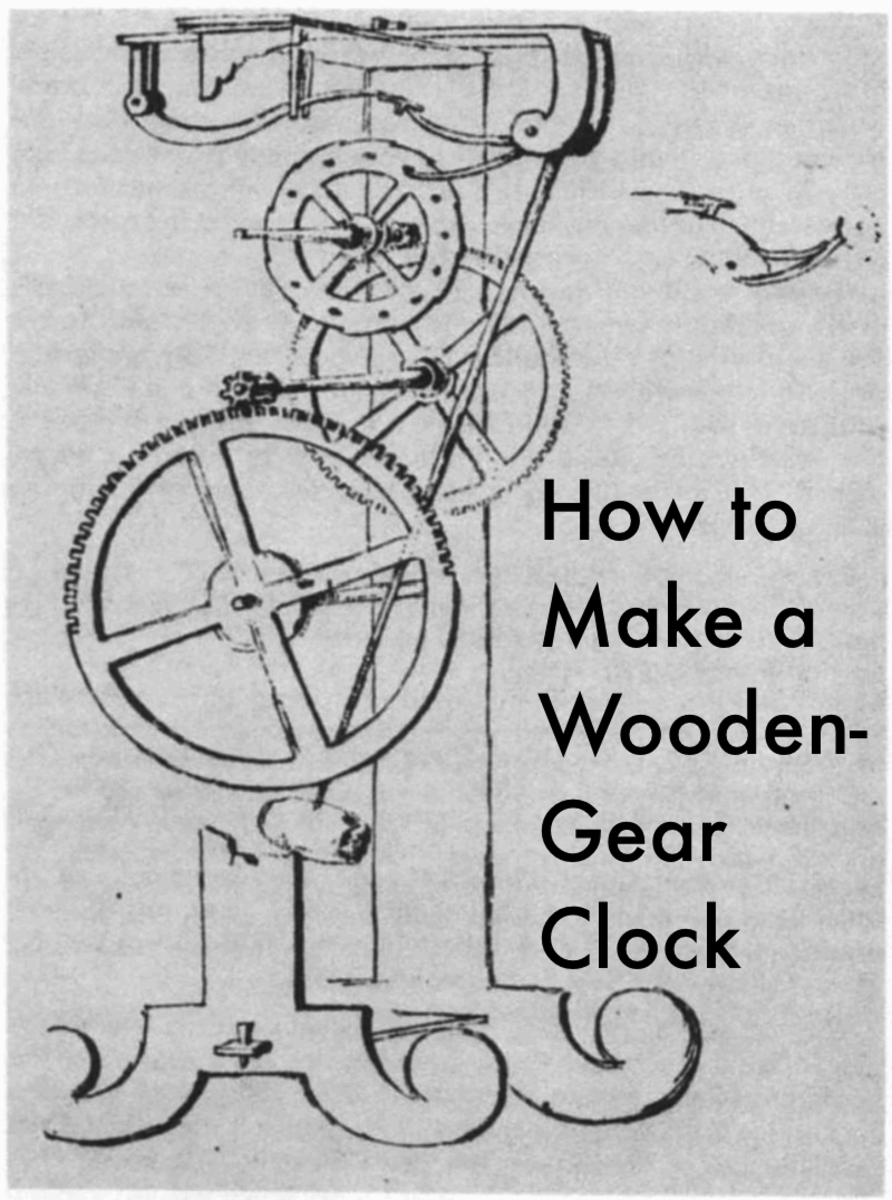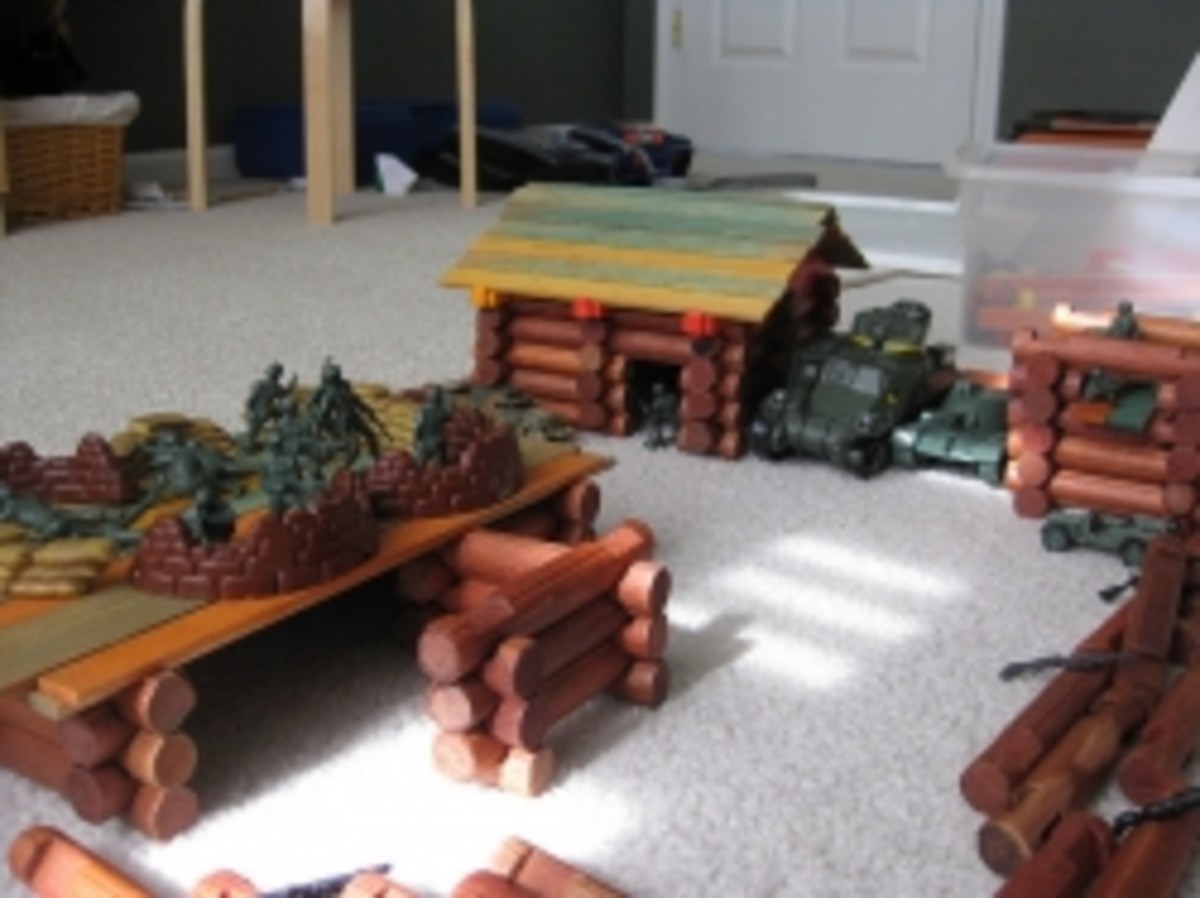Go on a Letterboxing Treasure Hunt

A Letterboxing Treasure Hunt is Great Fun for Families!
Looking for a fun family activity that is low cost? Go on a Letterboxing Treasure Hunt! Letterboxing combines the challenge of following clues and searching for hidden "treasure" with the artistry of hand-carved rubber stamps. It is a great activity that the whole family can enjoy and the perfect way to spend a weekend afternoon.
We have been letterboxing for 5 years now. We started off geocaching and soon after discovered letterboxing. Although we still participate in both hobbies, I much prefer letterboxing because the hand-carved rubber stamps appeal to my crafty side. I also love that letterboxing often involves a challenge when it comes to deciphering clues.
Keep reading to learn more about how you can go on a letterboxing treasure hunt of your own.
Image: Scraps2Treasures

Letterboxing Basics
Everyone plays the game differently, but there are a few letterboxing basics that you should know. A letterboxing treasure hunt involves following clues to a hidden container. The hidden container will usually have a hand-carved rubber stamp and a logbook. Once you have found the letterbox, you will use your own personal stamp to stamp into the logbook to let the box owner know you found it. Then you will use the box stamp to stamp into your personal logbook.
Image: Scraps2treasures
3 Things You Need to Start Letterboxing
Letterboxing is a great hobby in that it doesn't involve a lot of expensive supplies or equipment. When getting ready to go on your first letterboxing treasure hunt, you will only need a few things.
- Signature Stamp and Stamp Pad - When you go out letterboxing, you need a signature stamp to stamp in the logbooks of each letterbox you find. It is a calling card of sorts to let the box owner know that you found it. You can use one signature stamp for the whole family or each individual can have their own. Most beginning letterboxers start with a store-bought rubber stamp. Later on after you are hooked on the hobby, you can carve your own signature stamp.
- Logbook - Most of the letterboxes you come across will have a logbook and a stamp. You will use the stamp from the letterbox you found to stamp in your personal logbook as a record of your adventures.
- Letterboxing Clues - Of course, you can't go on a letterboxing treasure hunt without clues to find a few boxes. My favorite site to find letterboxing clues is Atlas Quest. There are other places to find them as well. I will discuss those a little later on this page.
Quick Letterboxing Question
Have You Ever Been Letterboxing?
Carving a Letterboxing Signature Stamp
When you are first starting with letterboxing, you might use a store-bought stamp as your signature stamp. After awhile though, you will probably want to carve your own letterboxing signature stamp.
Want to Learn More About Carving Your Own Letterboxing Signature Stamp?

More Rubber Stamp Carving Resources
- Stamp Carving 101
A great tutorial from Atlas Quest that walks you through carving your first rubber stamp. - Easy Stamp Carving
A tutorial that shows you how to carve a simple rubber stamp from a gum eraser. - Rubber Stamp Carving Tips
This great tutorial goes into all aspects of stamp carving - from choosing the right tools for the job, to transferring your images. - How to Carve a Rubber Stamp
Great tips on how to hold your carving tool. - Eraser Carving
A great eraser carving tutorial. Many letterboxers first learn to carve rubber stamps on erasers.
Find Great Deals on Rubber Stamp Carving Supplies
I often have a hard time finding rubber stamp carving supplies locally. So I rely on Amazon a lot for the things I need to carve new stamps. They carry everything you need to get started.
Above all you want a log book that has thick sturdy pages. While dollar store journals are fine for writing in, the thin pages allow the ink from the stamps to bleed through to the other side.
Another thing to consider is the size of your logbook. Remember you will have to carry it with you as you are hiking to the letterbox. My personal preference is a smaller logbook that will fit in my fanny pack. If you are carrying a backpack on your adventures, you could probably get by with a larger logbook.
Another consideration is whether the materials used are archival quality. If you are a scrapbooker, you are probably familiar with the term "acid and lignin free". Using a logbook marked "archival quality" or "acid and lignin free" will help ensure that the pages don't yellow over time. If this is a concern for you, you also might want to look into acid free ink pads to do your stamping.
Image: Scraps2treasures
Choose a Letterboxing Logbook
I have found that artist's sketch books work great for letterboxing logbooks. They have nice thick pages so the ink doesn't bleed through. I just use some scrapbooking supplies to decorate the cover. The larger sketch books are nice because they hold more stamps. However, I prefer the smaller books because they fit better in the fanny pack I wear on our letterboxing treasure hunts.
Letterboxing Clues - Where to find the clues for your letterboxing treasure hunt
Now that you have your signature stamp and logbook, you need some clues. You might just be surprised to learn how many letterboxes are hidden close to where you live.
- Atlast Quest
This is by far my favorite letterboxing site. Very user-friendly. Plus it has a great forum where you can connect with other letterboxers in your area. - Letterboxing North America
The other top resource for letterboxing clues. - Geocaching
You might think it's odd to look for letterboxing clues on the Geocaching website, but that is actually where we learned of the hobby in the first place. They have a special icon for letterboxes.
Letterboxing Terminology
In your letterboxing adventures, you may come across some unfamiliar terms that have you scratching your head. If that is the case, be sure to check out the Letterboxing Glossary at Atlas Quest.
Recommended Reading Before Going On Your Own Letterboxing Treasure Hunt - Learn more about letterboxing.
It's difficult to cover every aspect of letterboxing in just one page. Here are some great letterboxing books that will help you learn more about this wonderful hobby.
Even More Letterboxing Fun
- Hitchhikers - Hitchhikers are traveling letterboxes. (If you are familiar with geocaching, they are similar to travel bugs.) The stamps are typically small because they have to fit into traditional letterboxes. If you find one, you stamp in the box as normal. The only difference is, you take the hitchhiker with you when you leave and put it into the next box you find. Hitchhikers are fun to find and release. Recommended reading - What is a Letterboxing Hitchhiker?
- Plant Your Own Letterbox - After you have been letterboxing for awhile and have gotten a feel for how things work, you might want to plant one of your own. I recommend planting letterboxes locally so you will be able to easily take care of it. Letterboxes occasionally need maintenance - replaced logbooks, repaired containers, etc. So it is a good idea to only plant in locations nearby so you can keep it in great shape for the next letterboxer to find it. Recommended reading - Planting a Letterbox
- Letterboxing Trading Cards - These are a great way to continue the letterboxing fun during the winter when the weather prevents you from going out to find traditional letterboxes. Letterboxing trading cards are 2.5 x 3.5 inch cards that feature a hand carved stamp. They are great fun to create and trade. Recommended reading - Letterboxing Trading Cards
- Make Your Own Logbook - After you have been letterboxing awhile, you may want to start creating your own logbooks. I have a Zutter Bind-It-All machine that is great for this. Recommended reading - Logbook Tutorial
Letterboxing Trading Cards - A Few That I Have Made

Most people use a letterboxing logbook, but I keep a letterboxing journal. The difference is that a logbook is just a record of the stamps. My letterboxing journal is a record of my adventures and includes the stamps, photos, and a lot of writing about what I saw and did along the way.
When I go out on a letterboxing treasure hunt, I take along sticker sheets instead of a traditional logbook. I started doing this after several stamping mistakes (smudges, incomplete stamps, etc) that I felt detracted from my logbook. So I started stamping on the sticker sheets and then sticking those in my main logbook. So that way if the stamp didn't turn out right, I didn't have to use that particular image in my logbook. I could just make another.
I then decided that I wanted my logbook to be more of a scrapbook instead of just a collection of stamped images. So I started including photos and a written narrative of our adventures. Thus my logbook evolved into a letterboxing journal. Our whole family loves looking through them and remembering all the fun we had on our journeys.
Image: Scraps2treasures
Make Your Own Letterboxing Logbook

Video Tutorial for Learning to Use the Zutter Bind-It-All
I am a visual learner, so when I first got my Zutter Bind-It-All, I went to YouTube for video tutorials. It was much easier for me to learn how to use it by seeing someone else use the tool. If you learn visually, you might want to watch this great video.
More Fun Activities for the Whole Family

Geocaching with Kids
Geocaching is a great activity for families. In addition to satisfying your inner treasure hunter, geocaching with kids has many benefits: Geocaching encour...

Spring Break Bucket List for Families
Are you tired of hearing "I'm Bored Mom" each spring break? A spring break bucket list may be just the thing you need to make the week fun for the ...

Road Trip Games Kids Love
Planning a road trip for your next family vacation? Fortunately there is a great selection of road trip games kids will go nuts over. For any parent wanting ...

Collecting Elongated Coins
Collecting elongated coins is great fun for young and old alike. Although pennies are the most popular, you can also find machines that will press quarters, ...
Do you have any questions or comments about letterboxing? Be sure to leave them below.



















